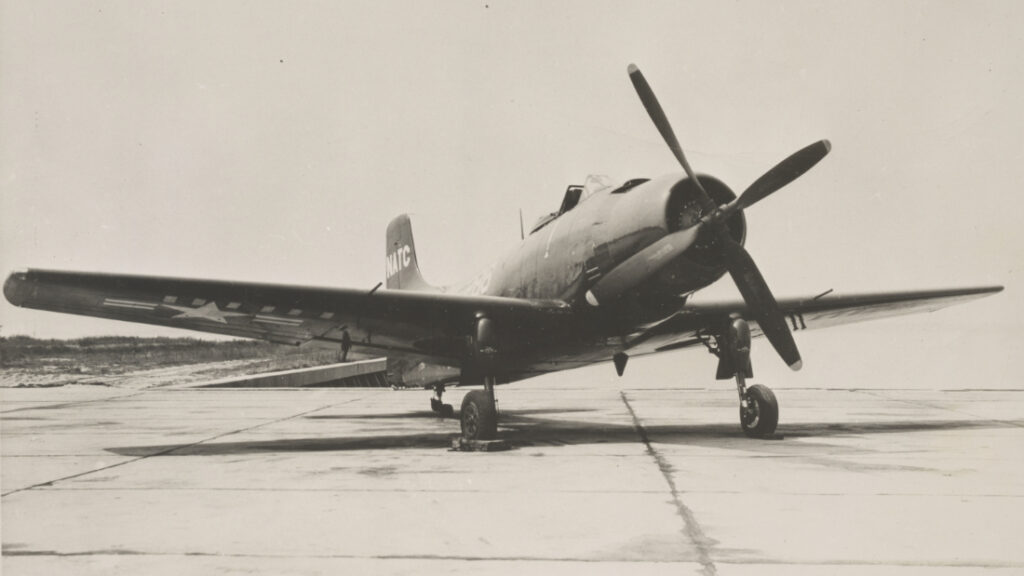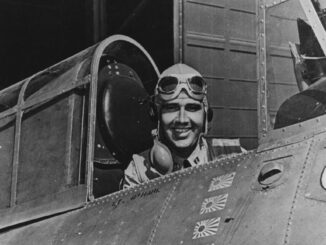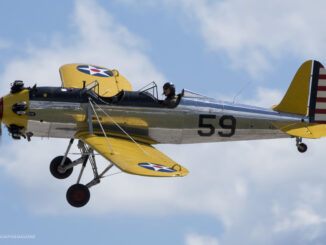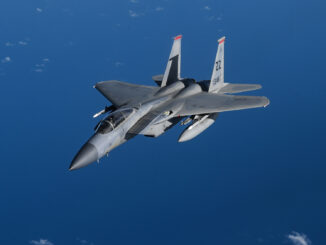 On 26th July 1954, two Douglas A-1 Skyraider attack aircraft of the US Navy shot down two Lavochkin La-7 fighters of the People’s Liberation Army Air Force (PLAAF) in the aftermath of the first Hainan incident, later widely known as 1954 Cathay Pacific Douglas DC-4 shootdown.
On 26th July 1954, two Douglas A-1 Skyraider attack aircraft of the US Navy shot down two Lavochkin La-7 fighters of the People’s Liberation Army Air Force (PLAAF) in the aftermath of the first Hainan incident, later widely known as 1954 Cathay Pacific Douglas DC-4 shootdown.
Three days earlier, a Douglas C-54 Skymaster VR-HEU, operated by Cathay Pacific Airways, took-off from Bangkok and headed Hong Kong.
Approximately three hours after the take-off, when the four-motor airliner was only thirty minutes away from its final destination, the Skymaster was intercepted by two Lavochkin La-7 fighters of the PLAAF. At 23:44 hours GMT, when the aeroplane was in international airspace near Hainan Island and flying at 9,000 feet, the Chinese fighters opened fire on the airliner.
In result of the attack, the Skymaster suffered significant damage. Both outboard engines caught fire, as well as main fuel tanks. The C-54 radio-operator managed to make a mayday call and, shortly after, the airliner ditched into the sea.
Ten passengers and crew members were killed during the attack, nine others survived and managed to escape the sinking aircraft. The survivors spent several minutes in the water, being afraid to inflate a dinghy boat, as they thought its bright colour may attract the Chinese fighters.
The emergency call was received and several rescue teams were sent to locate the crash site. However, the first to spot the dinghy boat was an Air Vietnam airliner that stayed over the survivors for about forty minutes. It allowed the rescue teams to arrive exactly to the place and soon the survivors were picked up by the USAF Grumman SA-16 Albatross seaplanes.
Shooting the C-54 down caused serious tensions between the People´s Republic of China, the United States and the Great Britain. Finally, it resulted in rejection of the Chinese admission into the United Nations.

Three days after the incident, the People´s Republic of China officially apologized for the event. According to Chinese authorities, the airliner was mistaken for a military aircraft of the Chinese Nationalist forces, although this explanation was not sufficiently reliable.
One of the reasons against that explanation was the action to rescue the C-54 was endangered by more Chinese fighter aircraft which appeared in the area over the next few days. On 26th July 1954, when the Allied aircraft were still searching for potential other survivors – or at least the victims´ bodies – two PLAAF La-7 fighters unsuccessfully tried to surprise the US Navy aeroplanes.
The Chinese fighters were spotted near Hainan Island and intercepted by the Douglas A-1 Skyraider attack aircraft assigned to the VF-54 and operating from USS Philippine Sea aircraft carrier. Soon after, the Chinese aircraft were shot down and the victory was shared among R.M. Tatham, R. R. Crooks, and J.L. Damian. It was never confirmed that the two La-7s shot down on 26th July were the same aircraft that downed the C-54 Skymaster three days earlier.
Decades later, the so-called first Hainan Incident was overshadowed by ten-day confrontation between the US Navy and PLAAF aircraft which took place in 2001. The second incident resulted in a mid-air collision between American EP-3E ARIES II electronic signals reconnaissance aircraft and Chinese J-8II interceptor.
Nowadays, the term ´Hainan Incident´ is usually connected to circumstances from 2001, while the tragic event from 1954 is referred to as ´1954 Cathay Pacific Douglas DC-4 shootdown´. Even though the aircraft shot down on 23rd July 1954 was not a DC-4 but its military variant, the C-54 Skymaster.

Cover photo: Douglas C-54 Skymaster from Air Transport Command, Kadena Air Base 1945 / illustrative photo (photo: NARA, 204839801, cropped)



